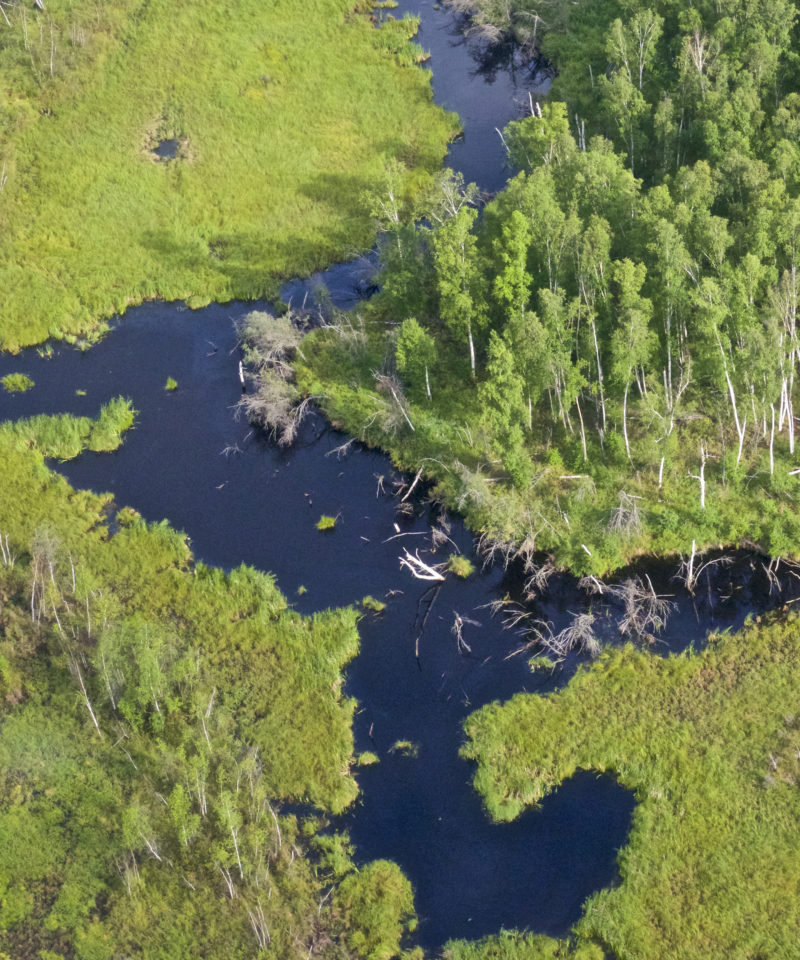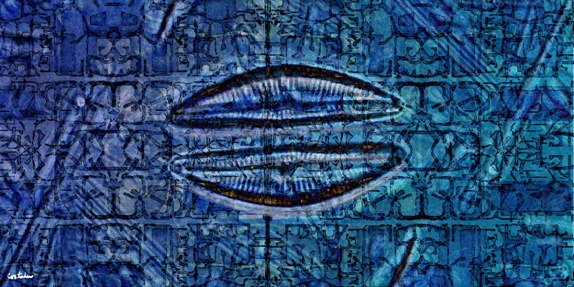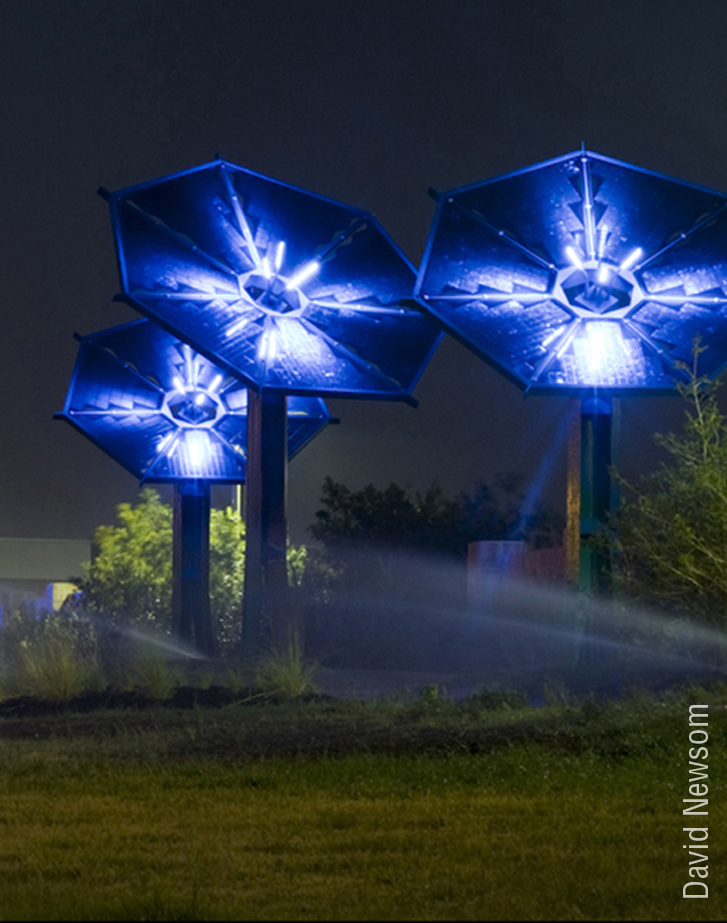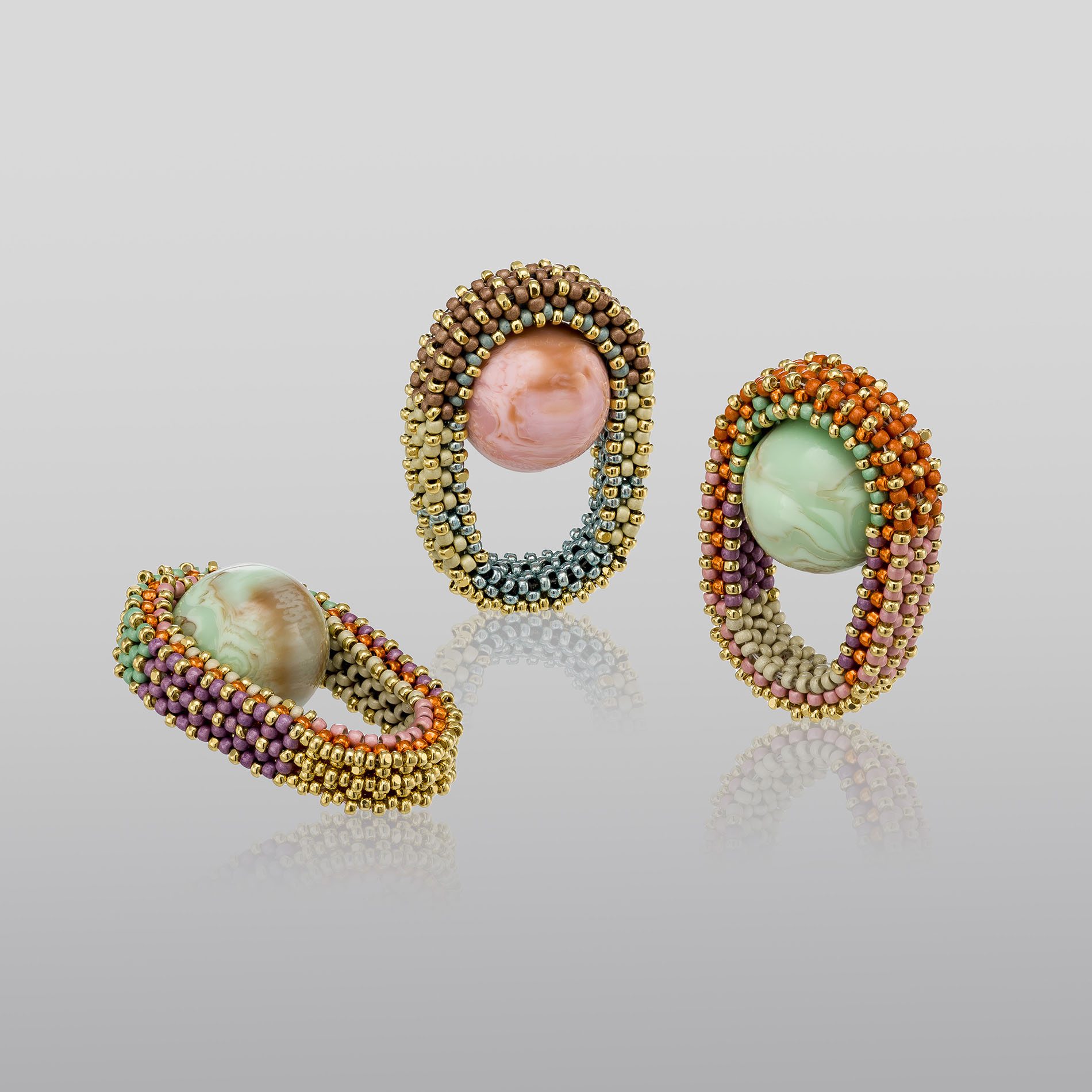Includes Honoring the Future’s Alaskan Journey exhibition
Artwork by two Philadelphia artists, Peter Handler and Karen Singer, who traveled to Alaska to meet with scientists, examine impacts of climate change, and paint and photograph what they saw, is featured in an Honoring the Future exhibition opening Nov. 28, 2016 at the Milander Center for Arts in Hialeah, FL. The exhibition, which is free and open to the public, will be on display through Jan. 13, 2017.

Peter Handler, Aerial View of Drunken Forest on the Tanana Flats (2015). Photograph. © Handler Studio 2015. Alaska’s thawing soil causes trees to tilt or fall.
The exhibition is part of the larger Clima art celebration inspired by Miami artist Xavier Cortada to serve as the City of Hialeah’s contribution to Miami Arts Week. Honoring the Future partnered with Cortada and the City to launch the inaugural Clima in December, 2015. Clima aimed to provide Hialeah, a city facing the prospect of significant sea level rise, with a visual and storytelling platform for reflecting upon, and expressing, the community’s experience as climate change challenges and remakes the city. Following widespread press and public acclaim, the three founding partners sought to make Clima an annual event.
Clima 2016’s theme, Art, Science, and Insight, focuses on artist-scientist collaborations to understand and communicate the likely impact of climate change on the livelihood and well-being of humans everywhere. It also seeks to transport Floridians to corners of the globe they may never have the opportunity to visit on their own – to empower them to “see for themselves” the early manifestations of climate change elsewhere.
The exhibition contains three interrelated segments.
Honoring the Future’s Alaskan Journey exhibition puts Hialeah’s experience in a national context. “Alaska is warming faster than any other state,” said Fran Dubrowski, Director of Honoring the Future, “so the impacts of climate change are more readily seen there. These two artists are expert storytellers: they deliver a powerful visual image of what is at stake in a rapidly warming Alaska, foreshadowing the enormity of the challenges Florida faces as rising temperatures reshape its landscape too. Their portrayals of a raging Alaskan wildfire are especially poignant when so much of the Southeastern U.S. is battling drought-induced wildfires.”

Xavier Cortada, “Diatom” (2015). Archival ink on aluminum, 36″ x 18″, 2014 (edition of 5). © Xavier Cortada 2015. Diatoms are single-celled algae which harness the power of the sun to create much of the oxygen we breathe.
Xavier Cortada’s art-science exhibits focus on Florida’s unique climate challenges. They include:
- “Do Not Open,” a participatory work aimed at connecting present-day South Florida residents and political refugees with future climate refugees.
- Eco-art restoration projects for Florida wildflowers and mangroves.
- Ceramics depicting diatoms, single-celled algae scientists examine to assess water quality and sea level rise.
- Artwork created at three ecologically different long-term research sites in the Florida Everglades, New Hampshire and Oregon.
Rounding out Clima 2016, featured local guest artist Michael Gray presents Phylum Floridian, a series of drawings, paintings and monotype prints fusing Floridian species of animals with local human characters. Gray intended to “illustrate people as being not so different from the creatures we share this earth with.” He framed the artworks in discarded wood or thrift store frames: “These frames at one point held someone’s family photos and now were given away for cheap resale. The frames themselves became a metaphor for how the everglades are currently being treated by our local and state governments.”
The exhibition includes an opening night reception on Dec. 2, 2016 from 7:00 pm to 10:00 pm at the Milander Center for Arts.


